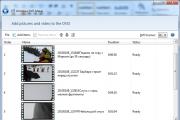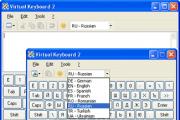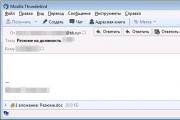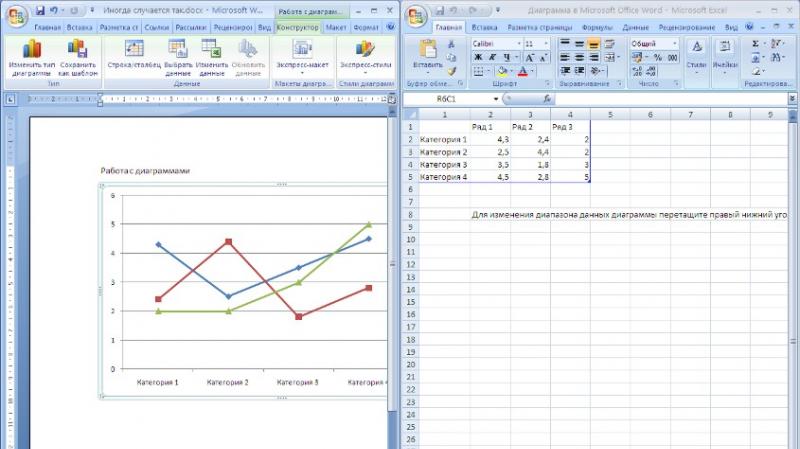Как в PHP задать редирект на другой URL до загрузки страницы? Как сделать редирект. Все виды Мужчины короткие ucp php redirect
Код состояния HTTP (англ. HTTP status code) со статусом 301 Moved Permanently (Перемещено окончательно) свидетельствует о том, что запрошенный документ был окончательно перенесен на новый URI, указанный в поле Location заголовка.
Для чего это нужно?В первую очередь, при изменении доменного имени сайта, необходимо оповестить поисковые системы о смене адреса сайта. Во-вторых, для склейки имени сайта с www и без него. В-третьих для быстрой передачи Page Rank на новый сайт.
PHPСпособ первый
Способ второй
Perl
Способ первый
$cgi = new CGI; print $cgi->redirect("http://www.example.com/");
Способ второй
#!/usr/bin/perl -w use strict; print "Status: 301 Moved Permanently\n"; print "Location: http://www.example.com/\n\n"; exit;
ASP.NETСпособ первый
private void Page_Load(object sender, System.EventArgs e) { Response.Status = "301 Moved Permanently"; Response.AddHeader("Location","http://www.example.com"); }
Способ второй (с версии 4.0)
RedirectPermanent("http://www.example.com");
ASP Ruby on Rails def do_something headers["Status"] = "301 Moved Permanently" redirect_to "http://www.example.com/" end ColdFusion Java (JSP) Веб-сервер Apache (.htaccess)Способ первый (mod_alias, Redirect)
Redirect 301 / http://www.example.com
Способ второй (mod_alias, RedirectPermanent)
RedirectPermanent / http://www.example.com
Способ третий (mod_alias, Redirect permanent)
Redirect permanent / http://www.example.com
Способ четвертый (mod_alias, RedirectMatch)
RedirectMatch 301 ^(.*)$ http://www.example.com/
Способ пятый (mod_rewrite)
Options +FollowSymLinks RewriteEngine On RewriteBase / RewriteRule ^(.*)$ http://www.example.com/$1
(PHP 4, PHP 5, PHP 7)
header — Send a raw HTTP header
Descriptionheader (string $header [, bool $replace = TRUE [, int $http_response_code ]]) : void
header() is used to send a raw HTTP header. See the » HTTP/1.1 specification for more information on HTTP headers.
Remember that header() must be called before any actual output is sent, either by normal HTML tags, blank lines in a file, or from PHP. It is a very common error to read code with include , or require , functions, or another file access function, and have spaces or empty lines that are output before header() is called. The same problem exists when using a single PHP/HTML file.
The header string.
There are two special-case header calls. The first is a header that starts with the string "HTTP/ " (case is not significant), which will be used to figure out the HTTP status code to send. For example, if you have configured Apache to use a PHP script to handle requests for missing files (using the ErrorDocument directive), you may want to make sure that your script generates the proper status code.
The second special case is the "Location:" header. Not only does it send this header back to the browser, but it also returns a REDIRECT (302) status code to the browser unless the 201 or a 3xx status code has already been set.
Replace
The optional replace parameter indicates whether the header should replace a previous similar header, or add a second header of the same type. By default it will replace, but if you pass in FALSE as the second argument you can force multiple headers of the same type. For example:
Http_response_code
Forces the HTTP response code to the specified value. Note that this parameter only has an effect if the header is not empty.
Return ValuesNo value is returned.
Changelog| 5.1.2 | This function now prevents more than one header to be sent at once as a protection against header injection attacks. |
Example #1 Download dialog
If you want the user to be prompted to save the data you are sending, such as a generated PDF file, you can use the » Content-Disposition header to supply a recommended filename and force the browser to display the save dialog.
Your headers now look like this:
HTTP/1.1 200 OK
Server: Apache/2.2.11 (Unix)
X-Powered-By: PHP/5.2.8
Date: Fri, 16 Oct 2009 23:05:07 GMT
Connection: close
16 years ago
If you haven"t used, HTTP Response 204 can be very convenient. 204 tells the server to immediately termiante this request. This is helpful if you want a javascript (or similar) client-side function to execute a server-side function without refreshing or changing the current webpage. Great for updating database, setting global variables, etc.
Header("status: 204"); (or the other call)
header("HTTP/1.0 204 No Response");
10 years ago
Here is a php script I wrote to stream a file and crypt it with a xor operation on the bytes and with a key:
The encryption works very good but the speed is decrease by 2, it is now 520KiB/s. The user is now asked for a md5 password (instead of keeping it in the code directly). There is some part in French because it"s my native language so modify it as you want.













